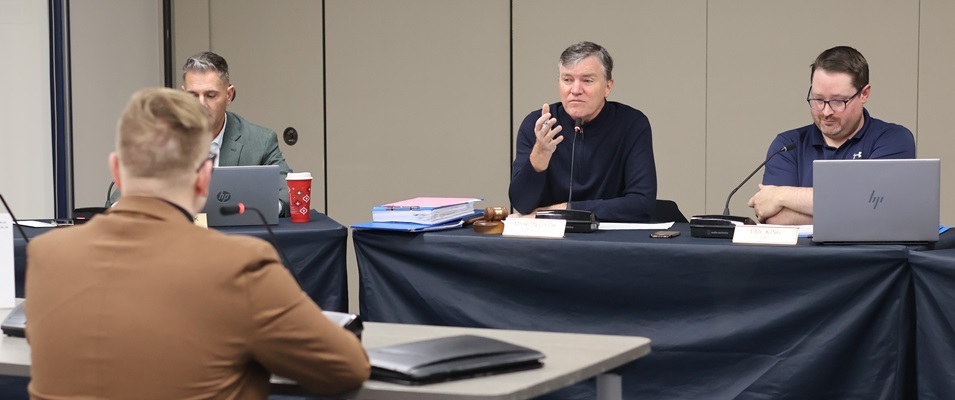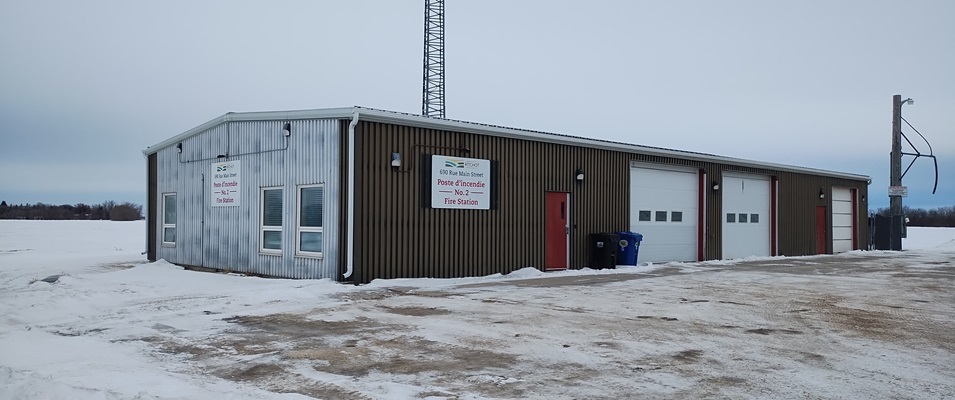
Three years after the provincial government’s initiative to reduce class sizes, an expansion of Niverville Elementary School (NES) has finally been approved. The Kindergarten to Grade 4 school will see the addition of 5 new classrooms by fall of 2016. The province’s mandate is to ensure a maximum of 20 children per K–3 classroom to allow for more one-on-one time with teachers during these critical early years. The province is giving school divisions 5 years to implement the initiative, and by Sept-ember 2017 all Manitoba schools will need to be compliant.
The issue of overcrowding is not new to our community. In 2010, the number of students at the elementary school had increased to the degree that something had to be done. The school was bursting at the seams. A plan was implemented to move Grades 5 and 6 to the high school (NCI), allowing NES to become an “early years” school and incorporating a “middle to senior years” model at NCI. This model is not new to rural schools in the Hanover district.
The decision left some parents questioning the move. NCI was already full to capacity. The division’s decision required portable huts. Many wondered if the school’s infrastructure and programming could accommodate the extra students.
“Having my daughter in Grade 6, I was aware and concerned about programming at the high school,” says Chris Chapman. “I knew that physical education had a minimum number of minutes per cycle and all other subjects had percentages. When I asked at the [parent/division] meeting about accommodations to meet [PE] minimum standards, the response I got was they could make up missed time during recess. I responded that if that was the solution, then we could also teach ELA and math at recess as well.”
Chapman says he was given contradicting answers regarding the ratio of portables to green space. He and his family have since moved to Winnipeg, stating that his children’s education was the catalyst for change.
Hank Dueck, recently retired senior years teacher at NCI, recalls the Grades 5 and 6 integration well. “The young ones added a new life to the school,” he says, adding that the school quickly put into plans a division between seniors and middle-year students, freeing up the west wing for seniors only. He says that from a teacher’s standpoint, port-ables are not a bad thing. They are newly constructed, quiet classrooms with more floor space than the typical class. They have their own lockers and lots of windows.
Adding the huts, though, didn’t address an existing problem. Dueck notes that the senior hallway, where the lockers are located, has been too congested for years. Between classes, the hallway is so thick with seniors that it’s impossible to avoid bumping and pushing.
“The seniors hallway is so full that, as a staff person, it was almost impossible to go to the office and get back for my next class in the allotted time,” Dueck says. A similar problem exists for the students requiring washroom breaks between classes, as the washrooms are located in the middle-years section.
Dueck also recalls a year when over 35 students signed up for his biology class. He had chairs for only 32. On addressing the concern with admin-istration, the only options were to offer some students correspondence courses or a transfer to another of the limited classes in the same timeslot.
At the elementary school, the computer lab has been relinquished to regular classroom space, states the mother of 2 NES students. All of the computers were relocated to the library and a few classrooms, making it difficult for a group of students to learn computer skills at the same time. Also, what was once a resource room now doubles as a hallway to the newly added huts.
“The state of our schools has literally scared people away. Many of these people have decided to move to another community,” says a local residential developer. “We regularly field questions from families looking at moving into Niverville. We always get asked about the schools, and we always say we have great teachers here. Upon visiting, though, prospective clients notice that the schools are really full.”
He points out that their decision to move elsewhere affects all of us through a reduced tax base, the loss of potential new business, and the loss of new consumers for local business.
While an addition to NES and portables at NCI aid in the short term, how long will it take to get a third school? And how many portables will we see in the interim?
Randy Dueck, superintendent of the Hanover School Division, says that it is not up to the division to decide. While the division is responsible for operations and certain infrastructure costs, all capital costs come from the province’s Public Schools Finance Board.
“The province is very hesitant to approve in-anticipation-of growth,” says Dueck. “Without portables you’re never going to make a case for a new school.” He also adds that, as far as he knows, there is no
maximum number of allowable portables per school. One school, Dueck says, had up to 40 portables at one time. He says that the division has been asking for a new school in Niverville for the last 3 years. The division’s hope is to see a new Grade 9 to 12 building, converting the current high school to a middle school.
Town councillor Kevin Stott anxiously awaits the province’s approval of a new high school. As for location, he suggests that the green space by the arena and future multiplex site would be ideal due to its proximity to existing and proposed recreation facilities.
“The current NCI gym is not big enough to host tournaments,” Stott says, adding that the regulation-size courts planned for the multiplex would save the province and division money in the end. He also suggests that the next population growth will be to the west of town, making the site more residentially centralized.
Even with the promise of an addition to our elementary school, there is a risk that it will barely suffice. In 2014 alone, 100 new babies were born to Niverville families. To stay within the province’s model of 20 students per class, we will require 5 classrooms for these new little residents alone.
To put Niverville’s growth in perspective, in 1995 the population was 1,416. Today, we are at an estimated 4,700 people. In the last 20 years, our population has increased by almost 300 percent. With the exception of portable huts, there has not been a single major upgrade or addition to either school during that period.
Though many small communities in Hanover are experiencing significant growth, Steinbach is the only community to see any capital funding from the province in the last 5 years. In 2012, the Clearspring Middle School was built at a cost of $26 million. In 2014, the Steinbach Regional Secondary School (SRSS) underwent an upgrade just shy of $40.5 million.
Shannon Martin, Niverville’s MLA, says that Niverville’s school issue is far from unique. Communities across the province are experiencing similar problems.
“I’m not sure why the government is reluctant,” Martin says, pointing out that certain electoral districts seem to be the recipients of new schools faster. “It’s unfortunate that it appears that NDP-held areas get schools before non-NDP areas. At the end of the day, it shouldn’t matter which government is in office. These decisions should be made exclusively on need.”
In the meantime, the wait for adequate educational facilities and resources in Niverville continues.
“[Niverville’s] administration and staff are doing the very best they can with the resources they’ve been allocated,” says Hank Dueck. “What parents need to recognize is that they have more influence on this process than they realize.”
Dueck encourages us to speak to our local MLA, Shannon Martin.




















